Peripheral Nervous System Worksheet
The peripheral nervous system is a complex and crucial part of our body. It consists of the nerves that extend from the brain and spinal cord to various organs, muscles, and tissues throughout the body. To deepen our understanding of this intricate system, a peripheral nervous system worksheet can be a valuable resource. This worksheet provides a range of questions and exercises focused on the entities and subjects within the peripheral nervous system, making it an ideal tool for students, healthcare professionals, and anyone interested in learning more about this essential aspect of human anatomy.
Table of Images 👆
More Other Worksheets
Kindergarten Worksheet My RoomSpanish Verb Worksheets
Cooking Vocabulary Worksheet
DNA Code Worksheet
Meiosis Worksheet Answer Key
Art Handouts and Worksheets
7 Elements of Art Worksheets
All Amendment Worksheet
Symmetry Art Worksheets
Daily Meal Planning Worksheet
What is the peripheral nervous system?
The peripheral nervous system is a network of nerves that branch out from the spinal cord and extend to the rest of the body, connecting the central nervous system to the limbs and organs. It is responsible for transmitting sensory information to the brain and spinal cord, as well as carrying motor commands from the brain to the muscles and glands.
How is the peripheral nervous system different from the central nervous system?
The peripheral nervous system (PNS) consists of nerves outside the brain and spinal cord that connect the central nervous system (CNS) to the rest of the body, controlling voluntary movements and conveying sensory information. In contrast, the central nervous system (CNS) includes the brain and spinal cord, serving as the primary control center for processing and integrating information from the body and environment. The main difference between the two lies in their location and functions, with the PNS being responsible for communication between the CNS and the body, while the CNS is responsible for coordinating and processing information.
What are the main components of the peripheral nervous system?
The main components of the peripheral nervous system are the cranial nerves, spinal nerves, and autonomic nervous system. The cranial nerves connect the brain to the head and neck, while the spinal nerves connect the brain to the rest of the body. The autonomic nervous system regulates internal body functions, such as heart rate, digestion, and respiration.
What is the function of sensory neurons in the peripheral nervous system?
Sensory neurons in the peripheral nervous system are responsible for transmitting sensory information from external stimuli or the body's internal environment to the central nervous system. This information includes signals related to touch, pain, temperature, pressure, and position of body parts, allowing the brain to interpret and respond to the environment appropriately.
What is the function of motor neurons in the peripheral nervous system?
Motor neurons in the peripheral nervous system are responsible for transmitting signals from the central nervous system to muscles and glands, allowing for voluntary and involuntary movement and control of bodily functions. They play a crucial role in coordinating and initiating muscle contractions, as well as regulating autonomic functions such as heart rate, digestion, and breathing.
What are the two main divisions of the peripheral nervous system?
The two main divisions of the peripheral nervous system are the somatic nervous system, which controls voluntary movements and transmits sensory information to the central nervous system, and the autonomic nervous system, which regulates involuntary functions like heart rate, digestion, and breathing.
What are the types of nerves found in the peripheral nervous system?
The peripheral nervous system consists of three types of nerves: sensory nerves, which transmit sensory information from the body to the central nervous system; motor nerves, which transmit signals from the central nervous system to control muscles and glands; and autonomic nerves, which regulate involuntary functions such as heart rate, digestion, and breathing.
How does the peripheral nervous system communicate with the central nervous system?
The peripheral nervous system communicates with the central nervous system through a network of sensory neurons that send signals from the body's tissues and organs to the brain and spinal cord. These sensory neurons transmit information about touch, temperature, pain, and other sensations to the central nervous system, which then processes and responds to these signals accordingly. Additionally, the peripheral nervous system also includes motor neurons that carry signals from the central nervous system to the muscles and glands, allowing for the execution of appropriate responses to the sensory input received.
Can the peripheral nervous system regenerate after injury?
Yes, the peripheral nervous system has some capacity to regenerate after injury. This regeneration process is facilitated by certain factors like the growth of axons and the formation of new connections. While the degree of regeneration can vary depending on the type and extent of injury, research has shown that nerve fibers can regrow and functional recovery is possible in certain cases.
How does the peripheral nervous system contribute to our overall body coordination and movement?
The peripheral nervous system plays a crucial role in our overall body coordination and movement by transmitting sensory information from the body's tissues and organs to the central nervous system, which then processes this information and sends motor commands back to the muscles for movement. The sensory receptors in the peripheral nervous system detect stimuli such as touch, temperature, and pain, allowing us to sense our environment and adjust our movements accordingly. Additionally, the peripheral nerves control the contraction and relaxation of muscles, enabling fluid and coordinated movement throughout the body.
Have something to share?
Who is Worksheeto?
At Worksheeto, we are committed to delivering an extensive and varied portfolio of superior quality worksheets, designed to address the educational demands of students, educators, and parents.

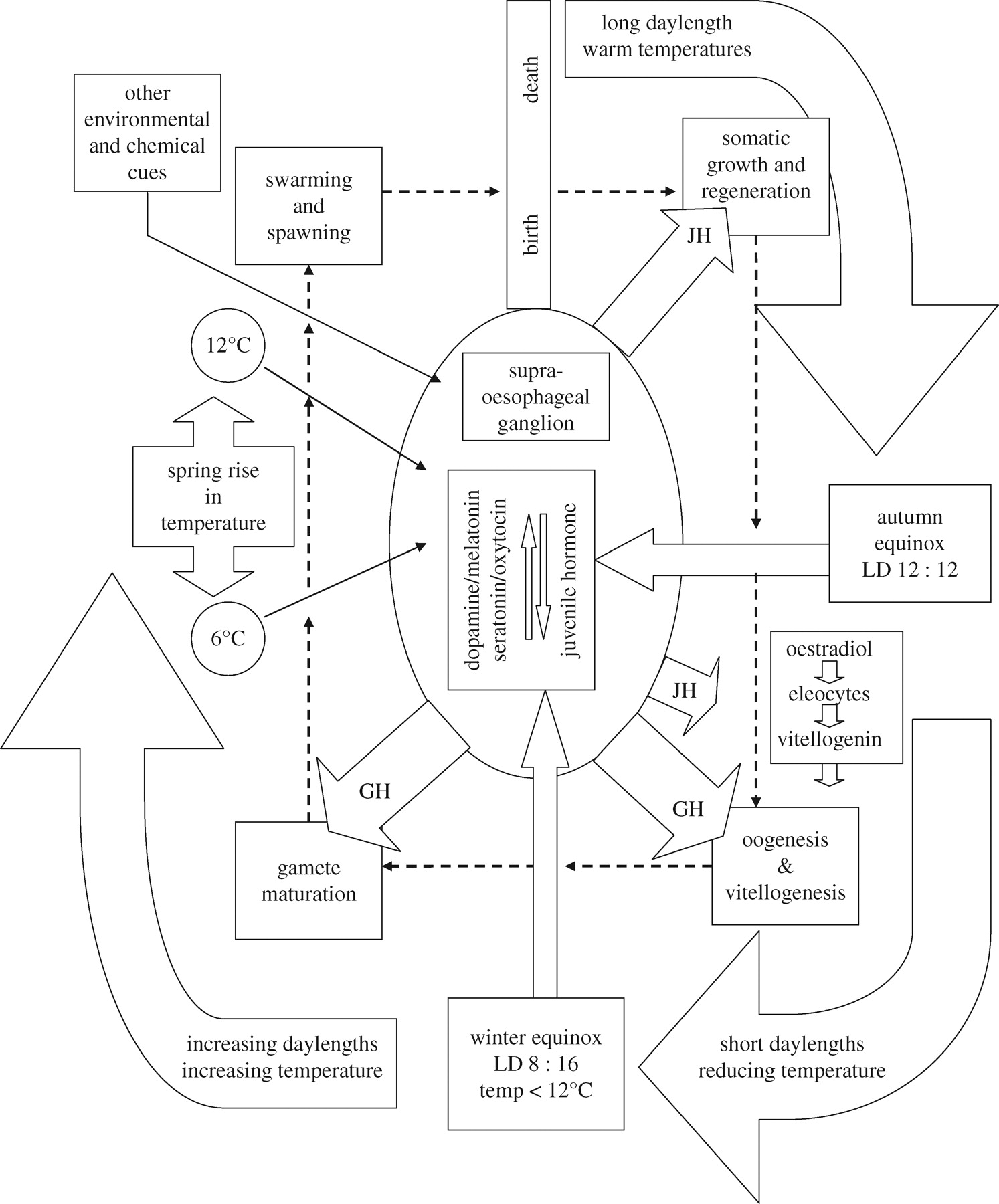



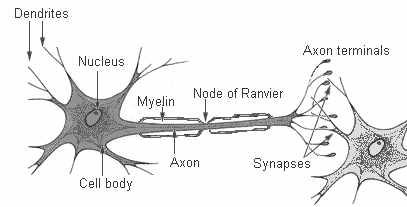
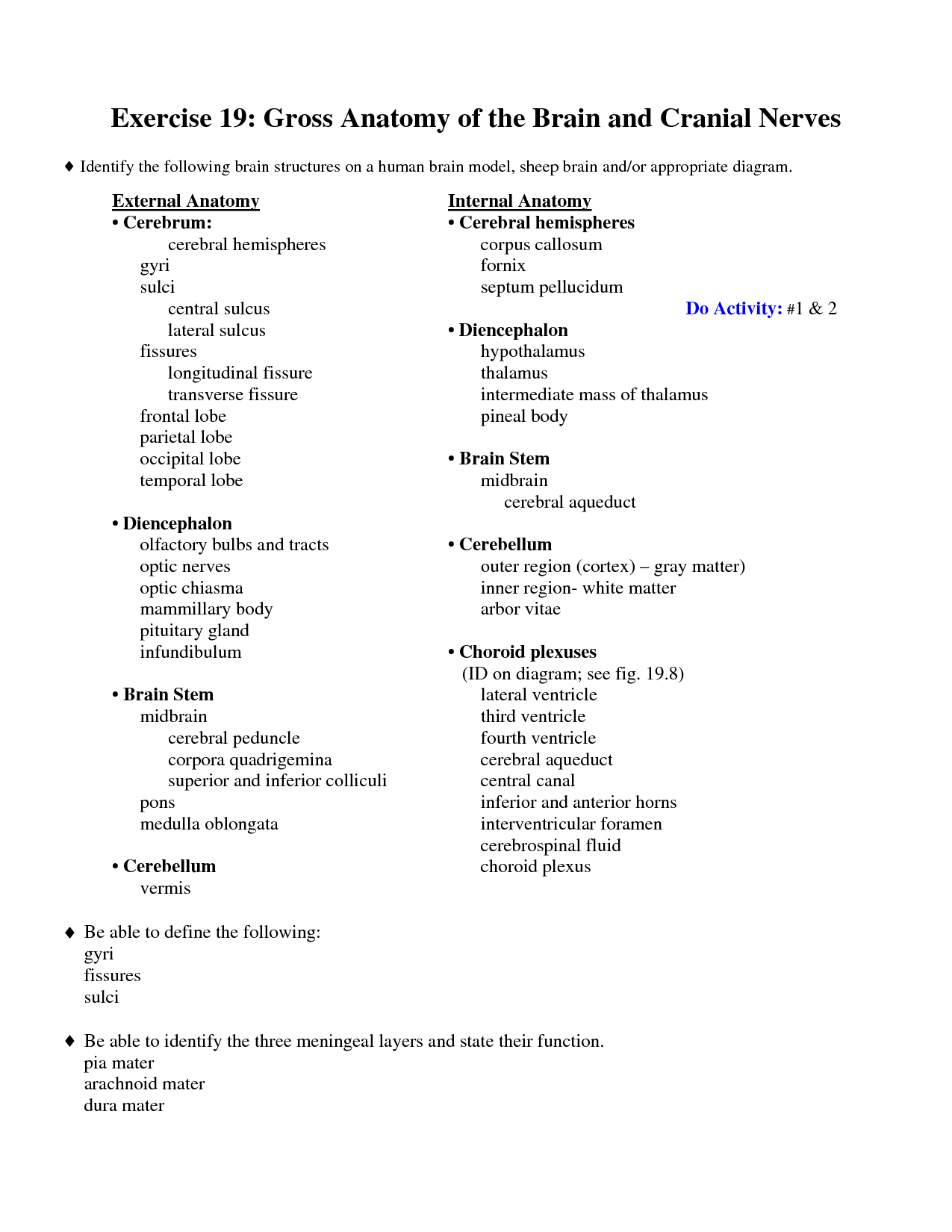
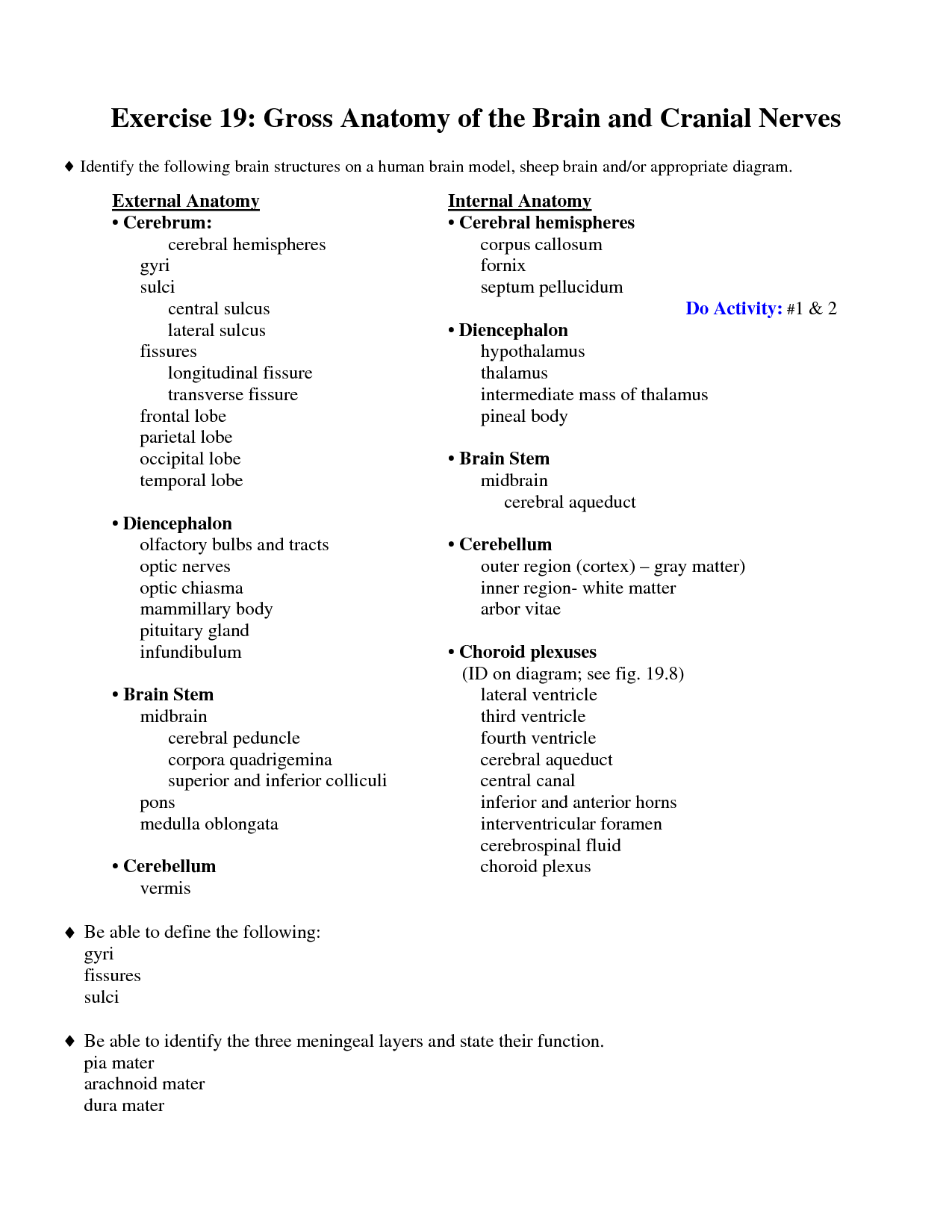
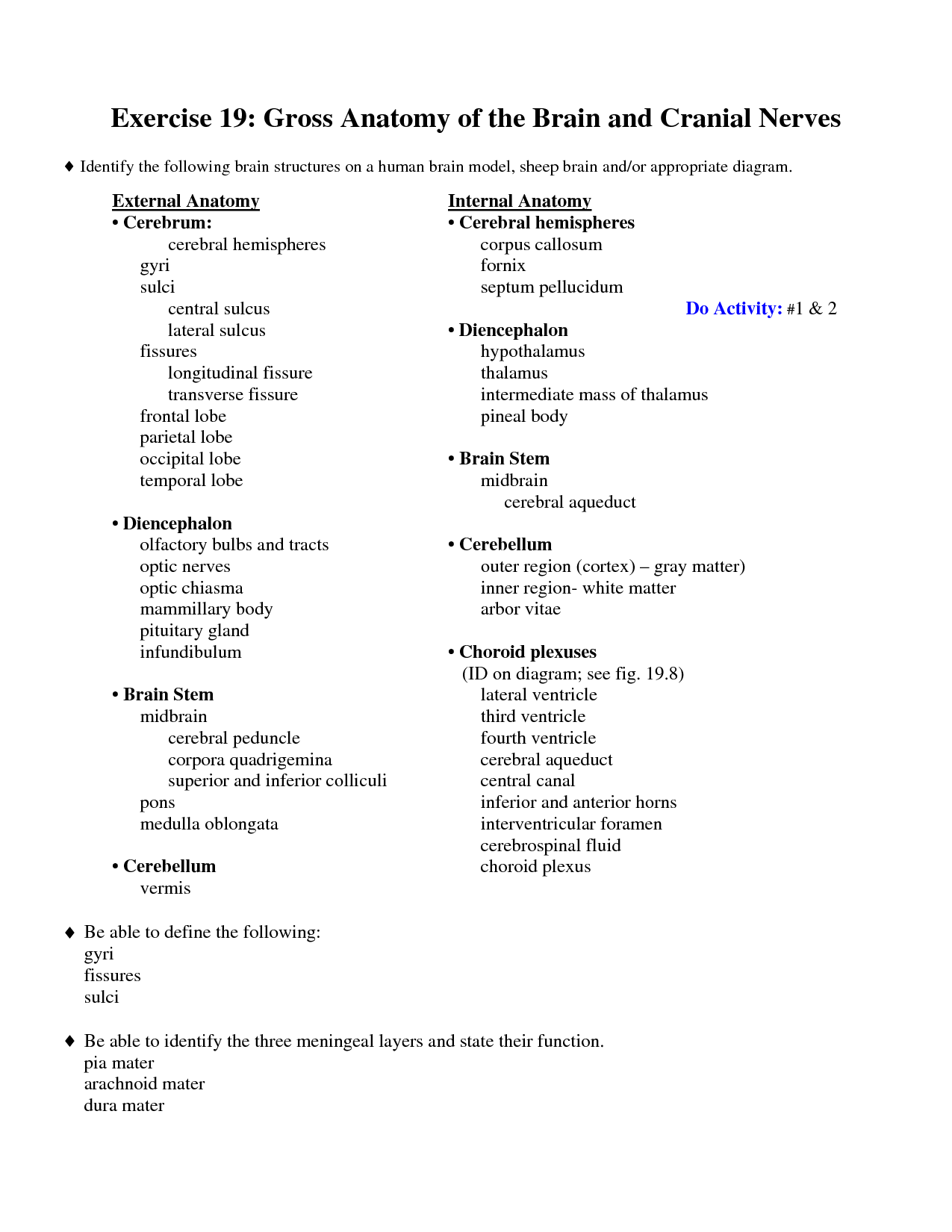
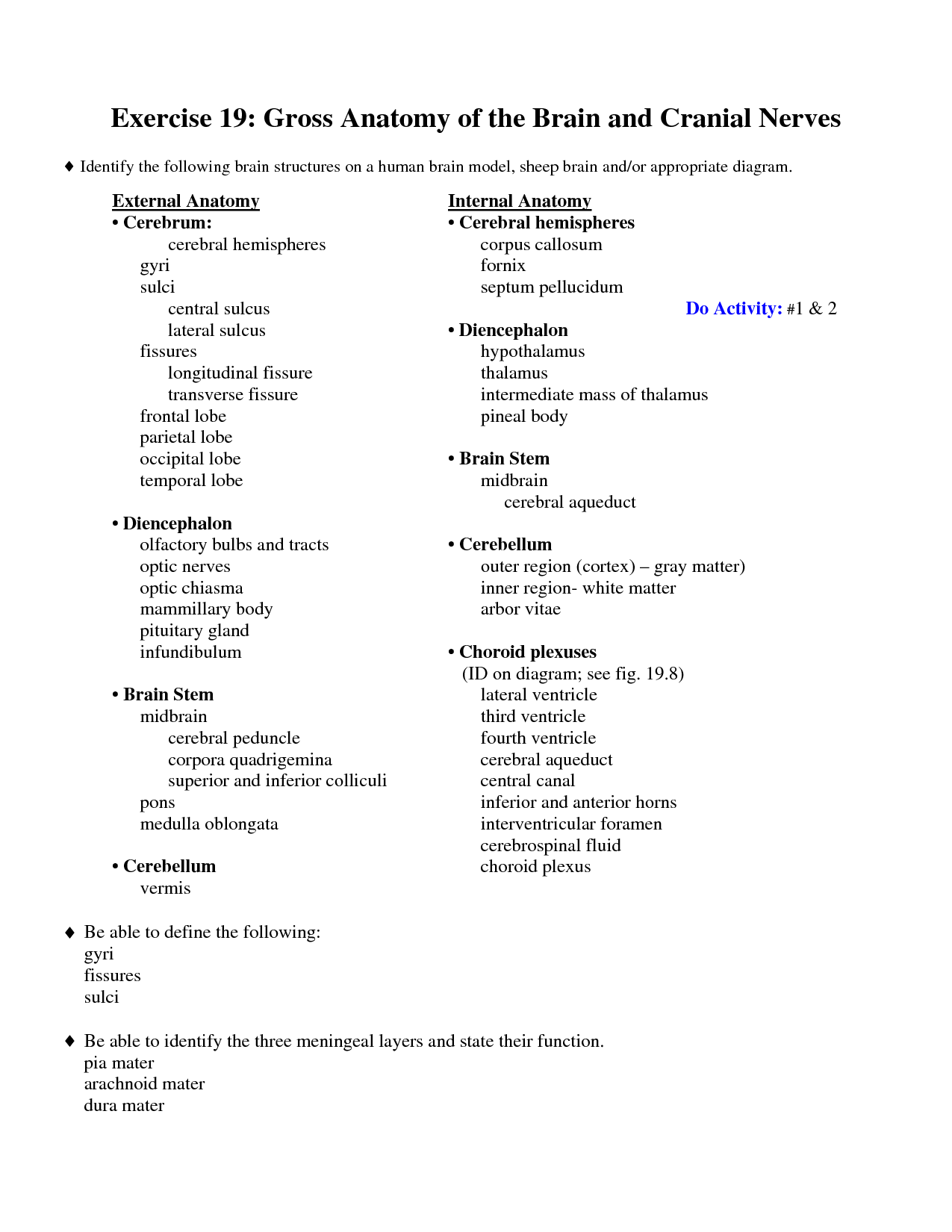
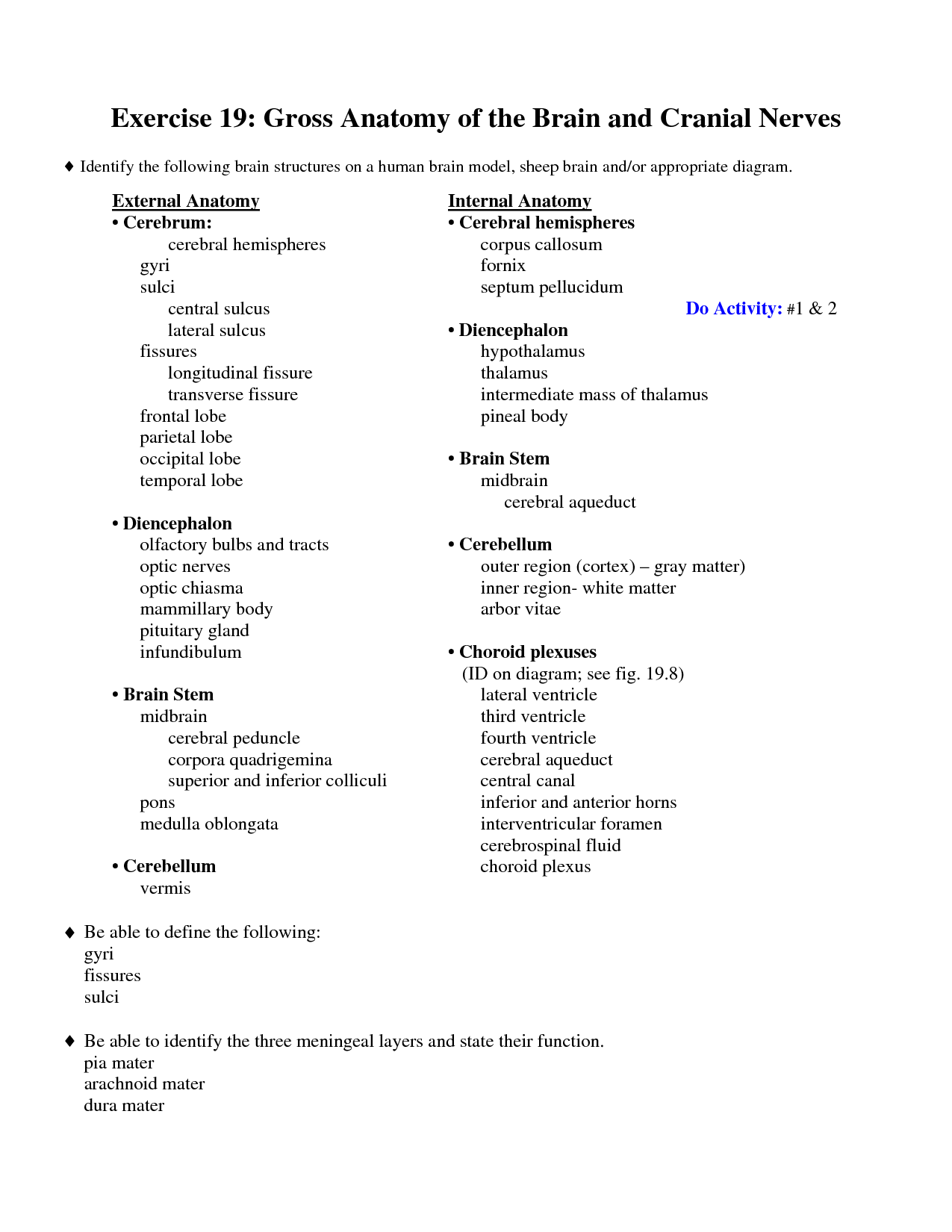
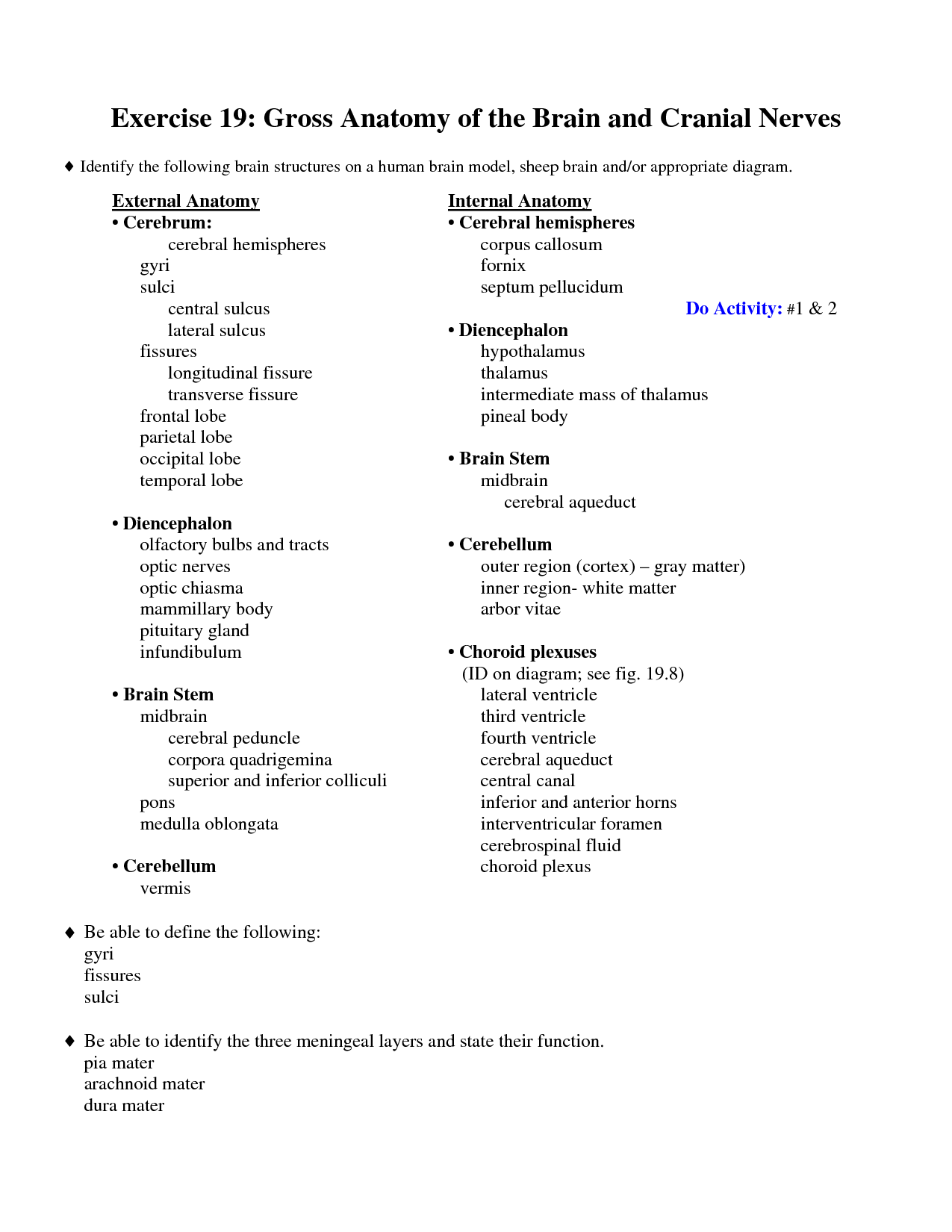
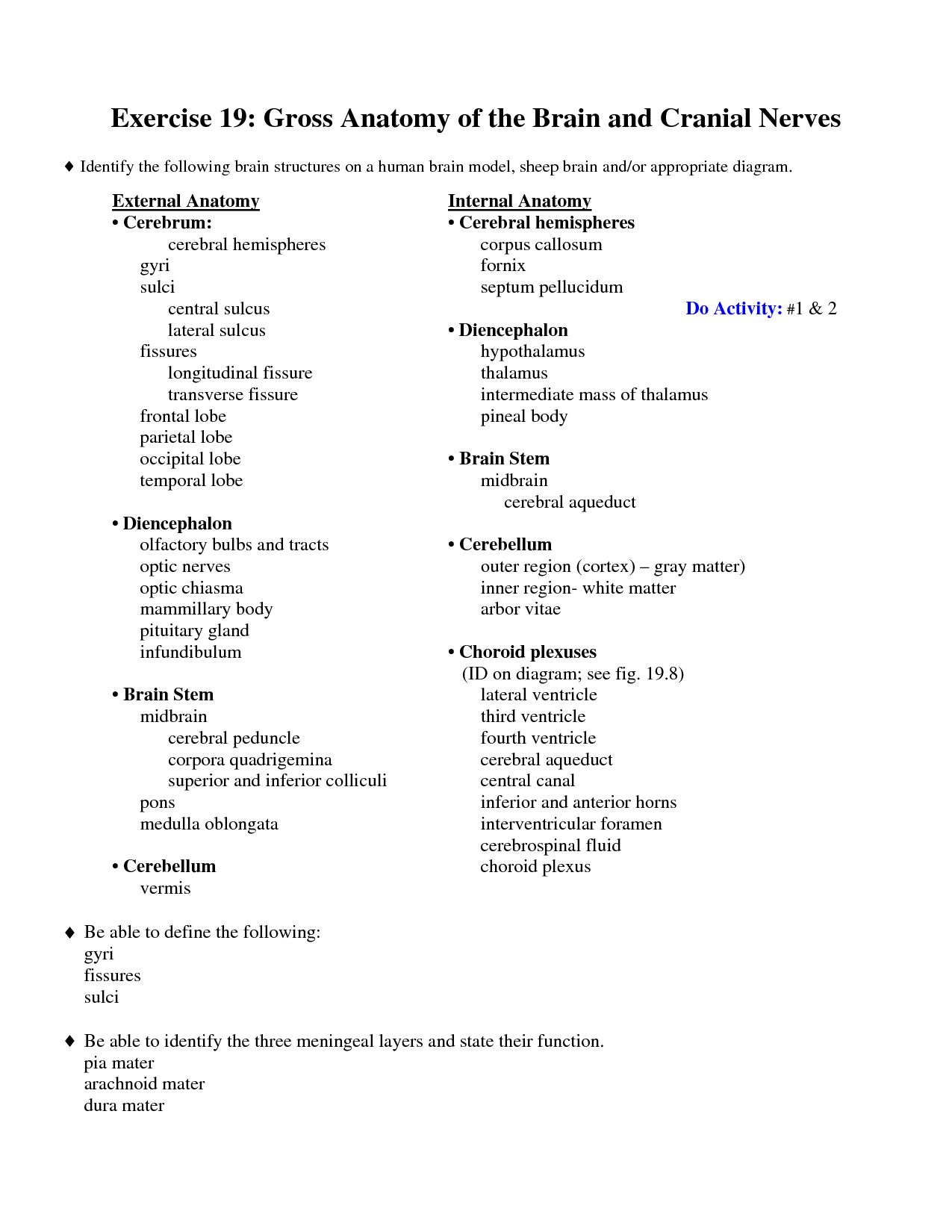
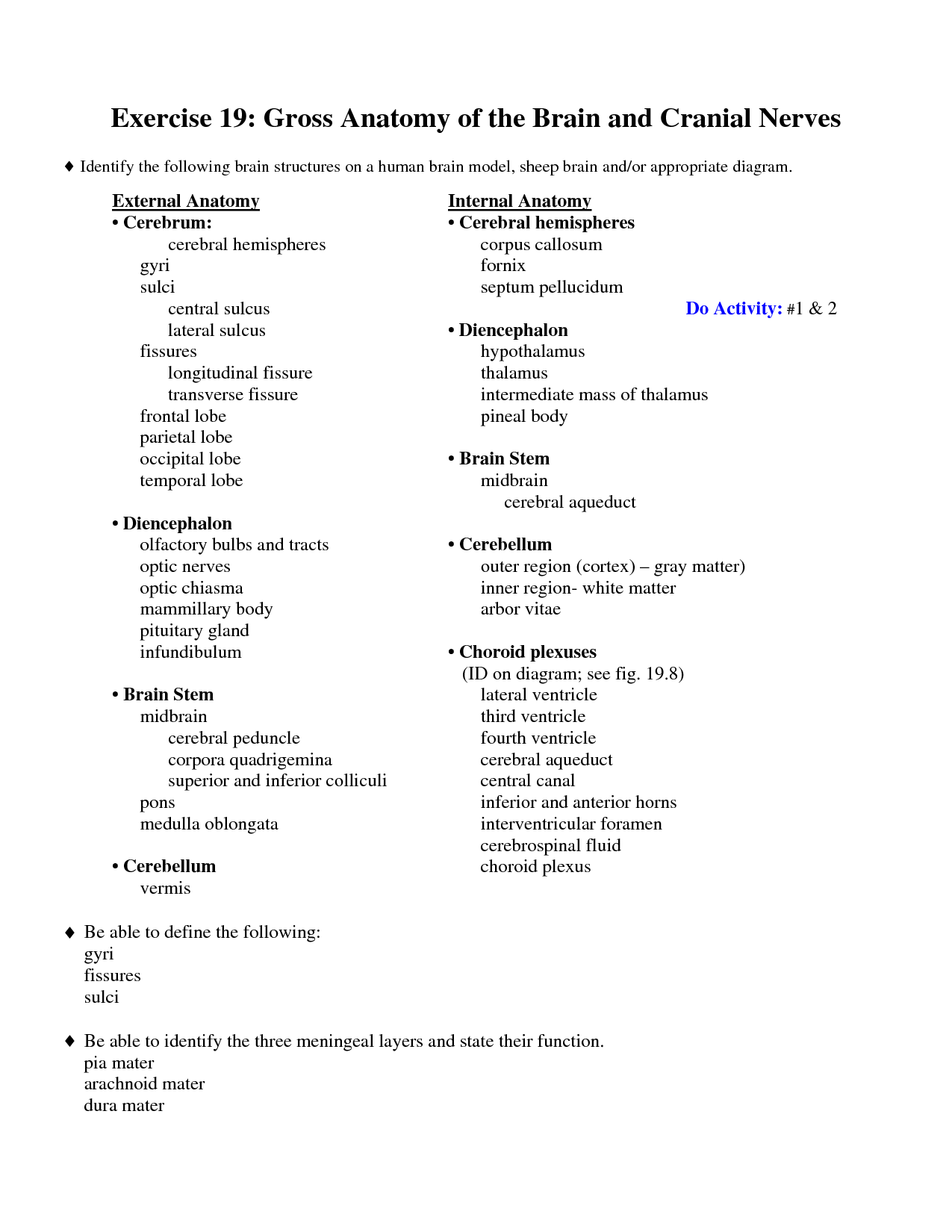














Comments